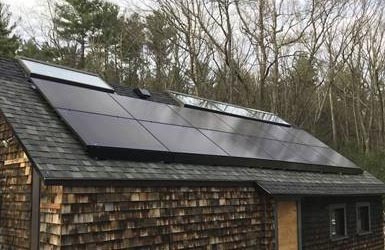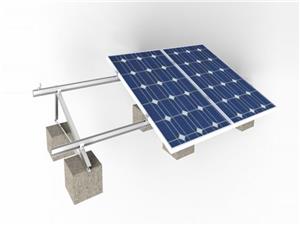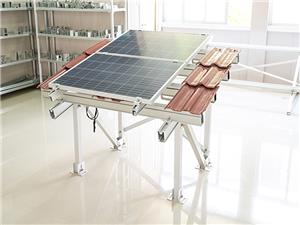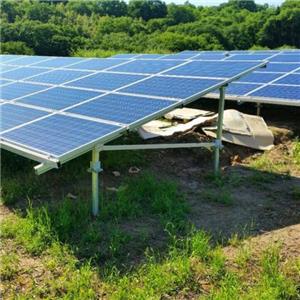railess solar roof mounting structure
railess solar roof mounting structure

Standard rail-mounted mounting structures are popular among installers on sloping roofs, but railless systems have advantages in the right circumstances. Both are deployed in residential installations, one uses guide rails as panel connection points, and the other placement module is installed directly on the roof mount.
When deciding which installation system to use in a rooftop solar project, installers should first consider the roof material, the climate in the area, and the workers’ experience in using these two technologies.
Railess solar mount
Use fewer parts to install the railless mounting system, but the accuracy is much higher.
Wickham found that the installation time was comparable between tracked and trackless installations. The biggest benefit comes from dragging fewer parts to the roof.
"In terms of logistics, there is no 14-foot-long bracket track that can be towed to the roof or transportation, which makes a lot of things easier," he said. "Everything in a trackless system can be put in a box, so you can get rid of work more easily and put things on the roof."
Smaller packaging also makes warehouse and handles easier than track-based installation.
Training installers to install trackless systems requires additional attention to alignment. Not all roofs have a completely straight slope, so vertical alignment of roof supports is very important, especially since there are no rails to compensate for uneven roof surfaces
Tiled roofs provide fewer options for installation points, with the delicate and time-consuming task of cutting tiles, so trackless installation on composite roofs makes more sense, and has proper flickering. Being able to cut into the cover makes alignment more feasible for trackless installations. But there are installation options for tiles and vertical roofs
Another consideration for trackless installation is snow load. With these installation foundations, the modules bear the brunt of the snow load, so they must be considered in a snowy climate.
The trackless system can accommodate horizontal and vertical modules. Since there are no rails or channels to hide the wiring, it must be clamped to the module frame. Trackless mounts usually have skirts to hide the hardware and help improve aesthetics.
Rail installation
Track-based brackets are a more popular choice for sloping roof solar arrays. Residential solar labor is usually trained in a system that is not limited by roof type or typical weather conditions. Rail-based brackets have attachment options for tile, metal, and combined shingle roofs. The panel is directly connected to the guide rail, this is a guide to determine the penetration point for system alignment
Whether using traditional dual-rail or common-rail installation, laying panels on the track is faster than installing panels on a railless system. However, the guide rail is more troublesome than the trackless installation. Attaching an 8-foot rail to the roof puts more stress on the installer with fewer components than a railless mount, and it can be more difficult to transport the rail.




